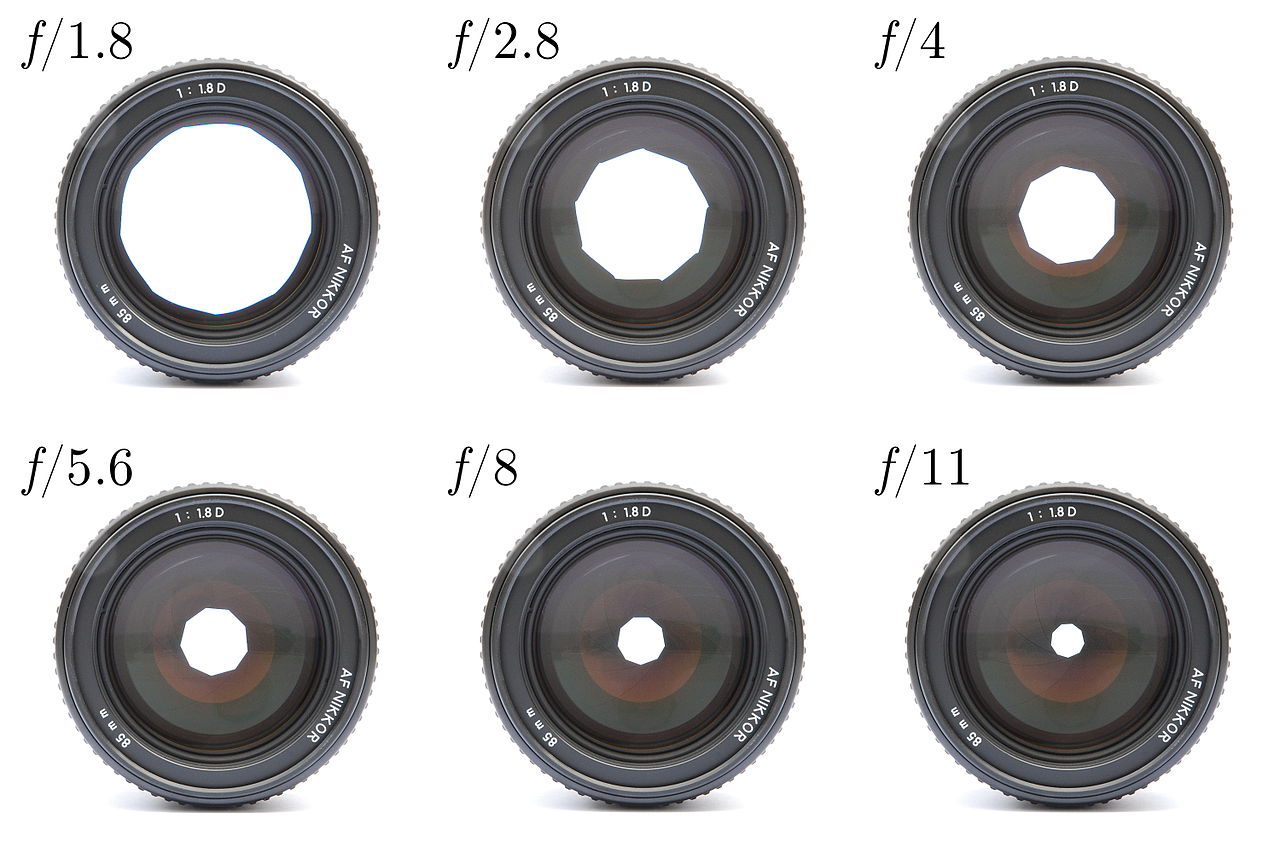

This gives you more room to be creative because it determines the area that appears sharp in your photos. Aperture (AKA The Hole in Your Lens) Smaller Aperture Number (2.8) Wider Aperture More Light Larger Aperture Number (22) Narrower Aperture Less Light. It will be larger when zoomed out to a wide angle, and smaller when zoomed in to enlarge a subject. The aperture allows you to control the depth of field in your images. With most, but not all, zoom lenses the maximum aperture changes as you zoom the lens. In my experience, the larger aperture is much faster at short range and much easier to use in low light.
#SMALL VS BIG APERTURE HOW TO#
How to read f-stops f-stops are indicated by the letter f and a number, like f/8 or f-8. The smaller the f -stop number is, the larger the opening in the lens will be and more light will be let into the camera. Faster lenses are better when photographing in dim light or photographing fast moving subjects. The M-16 A2 and M4 carry handle 0-200 large aperture is not on the same plane as the smaller, and I 'think' the same holds true for the DD fixed rear sight. Small aperture vs big aperture On the other hand, a small f- stop number means a large aperture. For example, a lens with a maximum aperture of f/1.8 opens wider, and is faster, than a lens with a maximum aperture of f/2.6. How Aperture Affects your Depth of Field A smaller f-stop will allow much more light into the sensor, this is great for dark shots taken at night. The term "fast lens" usually applies to lenses that can be opened to a wide maximum aperture for the focal length.

How wide you can open the aperture depends on the len's maximum aperture- its widest opening. In the table to the left one-third and one-half stops are shown in red and blue respectively. Many high-end digital cameras haveĪdded one or two stops between each of the traditional ones. This may be easier to remember if you think of the f-number as a fraction: 1/11 is less than 1/8, just as the size of the f/11 lens opening is smaller that the size of the f/8 opening. Number gets larger (f/8 to f/11, for example), the aperture size gets smaller.
#SMALL VS BIG APERTURE FULL#
No lens has the full range of settings for example, the standard lens on a digital camera will range from about f/2 to about f/16. From the largest possible opening to increasingly smaller ones, the f-stops have traditionally been those shown to the left. Each f-stop lets in half as much light as the next larger opening and twice as much light as the next smaller opening. Yes, many small aperture effects can indeed be. Wave freezing and waterfalls: The slower shutter speeds needed to freeze or smooth out water necessitate small aperture settings. Maximize sharpness: Small to mid-range f-stops, around f/5.6 and f/8, often yield optimal sharpness. So foreground and background are sharp (top) and a large aperture decreases depth of field so theĪperture settings are called f-stops and indicate the size of the aperture opening. A small aperture can be used to create sunbursts or starbursts. A small aperture increases depth of field


 0 kommentar(er)
0 kommentar(er)
